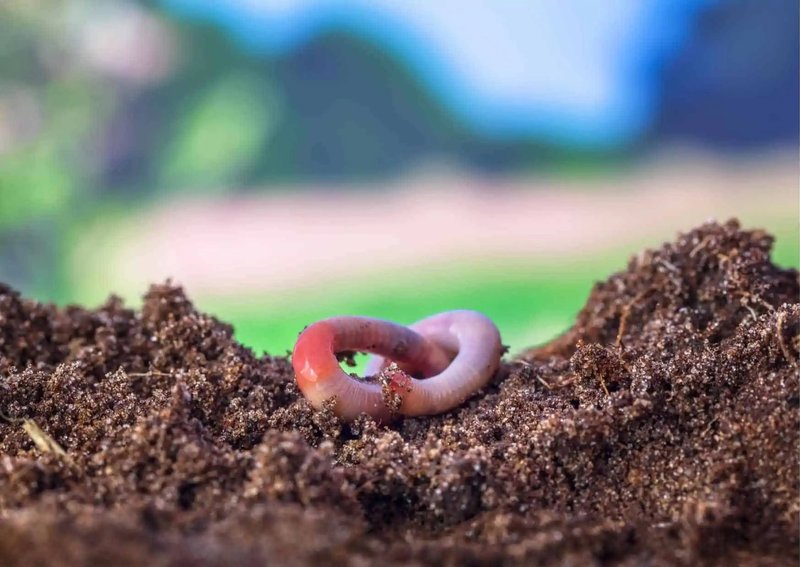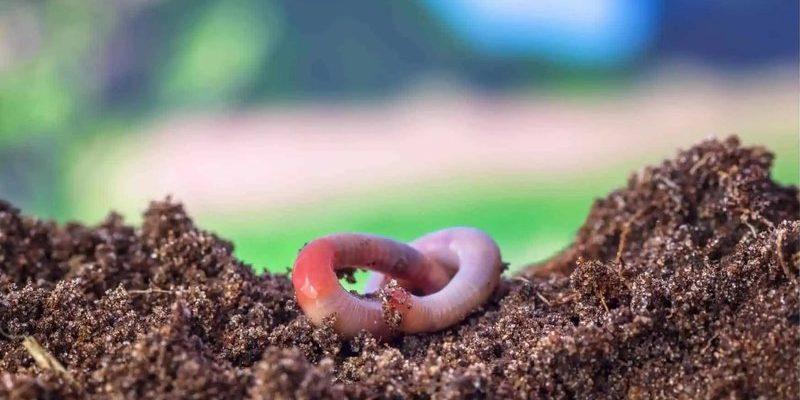
Earthworms are fascinating creatures. They play a crucial role in soil health by aerating it and breaking down organic matter. But their behavior changes dramatically with temperature fluctuations. Just like you might feel more energetic on a sunny day, earthworms have specific preferences for their environment, which directly affects how they move, eat, and reproduce. In this article, we’ll explore how temperature influences earthworm behavior, from their movement patterns to their feeding habits, giving you an insight into the world beneath our feet.
Why Temperature Matters for Earthworms
Temperature is like the thermostat for earthworms. It dictates their activity levels and influences their overall behavior. Generally, earthworms thrive at temperatures between 55°F and 75°F (about 13°C to 24°C). Outside this comfort zone, their behavior changes significantly. You might be wondering why that is. Well, earthworms are ectothermic, meaning they rely on external temperatures to regulate their body heat. When it gets too cold or too hot, they slow down or even go into a state of dormancy.
In colder weather, earthworms can burrow deeper into the soil, seeking warmth and moisture. They’ll spend time in a state of inactivity called “quiescence,” which is like a long nap to conserve energy. On the flip side, when temperatures soar, they might come up to the surface in search of moisture. If it gets excessively hot, they can even perish from desiccation, which is just a fancy word for drying out. It’s astonishing how much impact temperature has on their survival!
Movement Patterns Based on Temperature
Earthworms’ movement patterns change dramatically with temperature fluctuations. At their ideal temperature range, they’re lively and wander freely through the soil, aerating it and improving its structure. However, when the mercury dips or soars, these little guys adapt their behavior. In cold temperatures, they tend to move more slowly, spending more time curled up in their burrows. When it gets warmer, they become more active, but only if there’s enough moisture.
Here’s the thing: when it gets very hot and dry, you might find them surfacing more often. They’re not out for a stroll; they’re actively seeking moisture! This behavior can sometimes lead to them wandering onto sidewalks or roads, which can be a dangerous outing. It’s like stepping out for fresh air only to find yourself in a busy street—definitely not ideal!
Feeding Habits at Different Temperatures
When it comes to feeding, temperature plays a massive role in earthworm behavior. Earthworms are natural recyclers, munching on organic matter like dead leaves and other plant debris. At ideal temperatures, their appetite peaks, and they’ll feast on all sorts of organic material. A warm, moist environment keeps them motivated, and you can often see signs of their feeding activity in the form of piles of castings—essentially, worm poop—which is fabulous for the soil.
But when temperatures drop, so does their appetite. In colder months, they eat significantly less, almost as if they’re on a diet. Their metabolic processes slow down, and they conserve energy. This change might seem surprising, but it’s a necessary adaptation for survival during less favorable conditions. In hot weather, their feeding behavior might also change; if it’s too hot or dry, they’ll shy away from eating, waiting for conditions to improve. You might think of it like choosing to skip lunch on a scorching day when the thought of food feels unappealing.
Reproduction and Temperature
You might not think about romance in the world of earthworms, but temperature has a significant impact on their reproductive behaviors. Earthworms are hermaphrodites, meaning each one has both male and female reproductive organs. When conditions are just right—warm and moist—they become incredibly active during mating season, often in late spring and early summer.
During warmer weather, they’re more likely to find partners and reproduce. However, if the temperature dips too low or climbs too high, their reproductive rates can drop significantly. It’s as if they know that harsh conditions aren’t the best time to bring new life into the world. Instead, they’ll wait until the climate is more hospitable, ensuring that their offspring have a better chance of survival.
The Role of Soil Moisture
Along with temperature, soil moisture also affects earthworm behavior. Ideally, earthworms prefer damp soil because it allows them to move freely and breathe through their skin (yes, they breathe through their skin!). In drier conditions, you might notice them moving closer to the surface in search of moisture.
When temperatures rise and moisture levels drop, earthworms may experience stress. They can burrow deeper into the soil to escape the heat, but if conditions become too dry for too long, they risk desiccation. Think of it like trying to cross a desert without water; it’s a struggle! Maintaining soil health with proper moisture levels is crucial for keeping earthworm populations thriving.
How Human Activity Affects Earthworm Behavior
It’s not just natural temperature changes that affect earthworms; human activity plays a part too! Urbanization can lead to higher surface temperatures, creating what’s known as a “heat island effect.” This rise in temperature can disrupt earthworm populations and their behavior. When the ground gets too hot, it can force earthworms to move deeper, changing their natural habitat.
Moreover, agricultural practices can impact soil health. Over-tillage, for example, disrupts their burrows, making it harder for earthworms to thrive. You might think of earthworms as the unsung heroes of the soil. When we take care of the land and create environments where they can flourish, we ensure they continue to play their vital role in our ecosystems.
Understanding how temperature affects earthworm behavior opens up a whole new perspective on these underrated creatures. From their movement patterns to feeding habits and reproductive strategies, every aspect of their lives hinges on the temperatures they encounter. So, the next time you see a worm on the sidewalk after a rain shower, think about how temperature influences their journey.
By recognizing the delicate balance between temperature, moisture, and human impacts, we can foster environments where earthworms can thrive. After all, they do so much for our soil and, in turn, our planet. Protecting their habitat and understanding their needs is an essential part of maintaining a healthy ecosystem.

